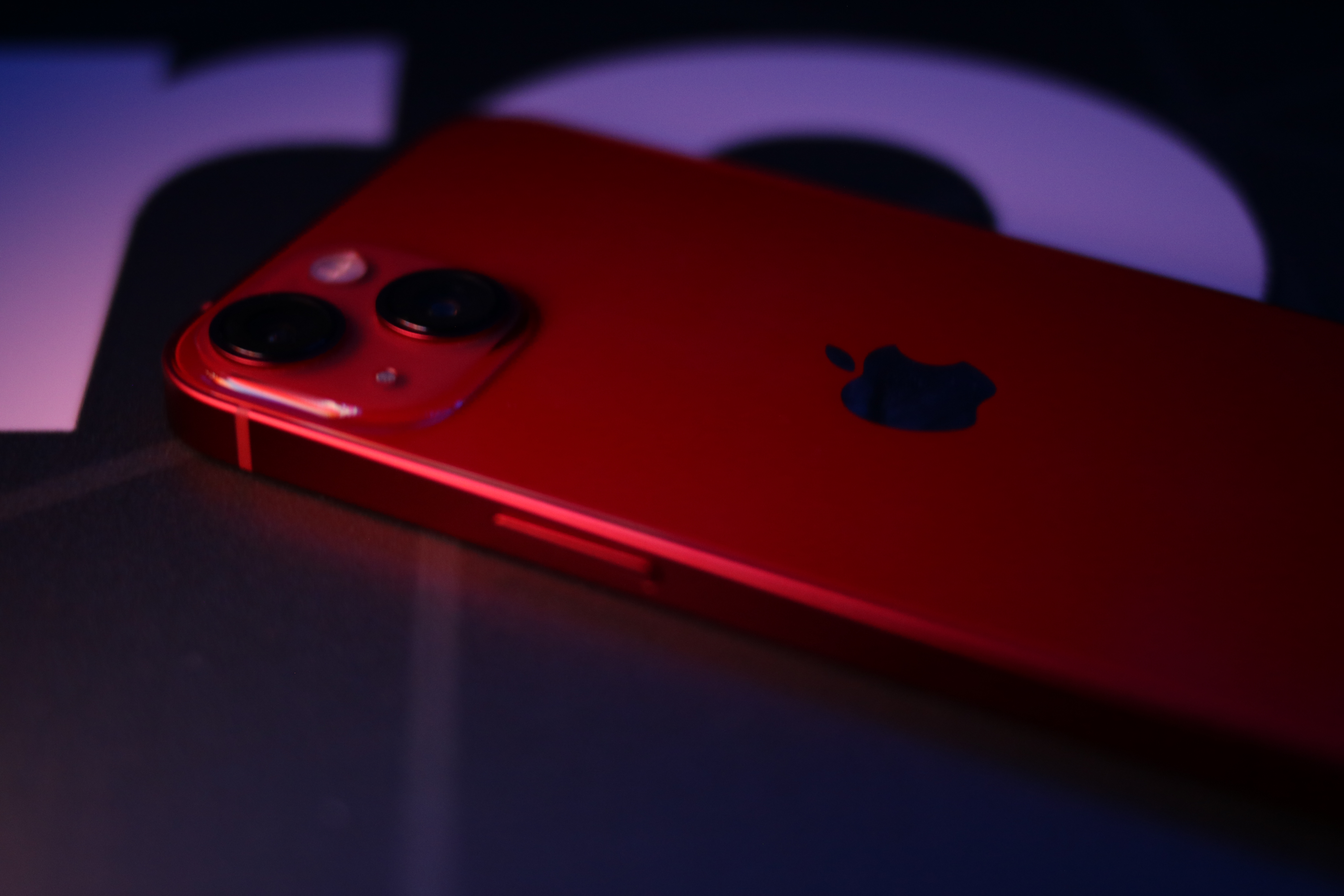Apple’s right to repair scheme needs fixing
Right-to-repair activist claims Apple’s new iPhone self-repair programme falls well short of the mark

There’s no company more notoriously controlling than Apple. Even if your device has been on your desk or in your pocket for years, if it requires repair, you almost certainly have to go back to Apple or one of its authorised service centres to get fixed up. At least, that was the case. At the end of April, Apple’s new self-service repair programme went live in the US, and gave a glimpse of a world where anything is possible – even fixing your own iPhone.
Now anyone can log on to the Apple website and find repair manuals for the two most recent generations of iPhone, which detail how to safely take them apart and replace everything from the camera to the screen, without a trip to the Genius Bar.
“Creating greater access to Apple genuine parts gives our customers even more choice if a repair is needed,” said Jeff Williams, Apple’s chief operating officer (COO), in a press release when the programme was announced at the end of last year.
On the surface, it does seem like a major step forward for the so-called right to repair. “We were happy to see Apple make some move towards expanding repair options, that's for sure positive,” says Ugo Vallauri, co-founder of the Restart Project. However, though he is receptive, Vallauri doesn’t believe the new programme goes far enough. “When you look at their manuals, you see that it basically requires a whole lot of tools that are proprietary to Apple, that they will be the sole provider for,” he continues. “This is not the right to repair.”
Apple is still in control
Despite the apparent openness, he still believes Apple is exercising close control. “The biggest problem is not necessarily with the manuals, per se, but that Apple is pushing ahead with requiring part pairing for the parts,” says Vallauri. Under the programme, any new components requested will need the buyer to supply a serial number, which will be linked to the specific iPhone being repaired, limiting what can be done with spare parts.
Then there’s the question of proprietary tools. To help tinkerers buy the widgets and tools they require, the self-service repair programme has its own online store. But buyers beware, they may not be for the faint-hearted.
RELATED RESOURCE

Dell PowerEdge with AMD
IT applications and infrastructure are the prime catalyst for new revenue creation
“It is a substantial amount of equipment, it might be [only] appropriate for a repair store,” says Vallauri, and he might have a point. For example, removing an iPhone screen with Apple’s approved method requires the use of a £209 “Heated Display Removal Fixture”, effectively a piece of industrial equipment. To install a new screen, a separate £176 piece of hardware called a Display Press is required. “It's not exactly the kind of situation where most people would just order a set of tools like that and perform a repair,” says Vallauri.
Get the ITPro daily newsletter
Sign up today and you will receive a free copy of our Future Focus 2025 report - the leading guidance on AI, cybersecurity and other IT challenges as per 700+ senior executives
Even if self-repair is an option, the economics of it won’t make sense for ordinary users. “Is this a step forward in terms of repair options? Definitely. Is this something that truly competes with you going in an Apple store and getting the screen replaced by them? It’s unclear,” says Vallauri.
In fact, Vallauri speculates that although the move appears to be Apple throwing off its restrictive shackles, the structure of the new programme represents a consolidation of the market. “If you sum the cost of renting the tools and buying the parts, even if you were to receive a sum back for sending the broken parts back to Apple, it will still not necessarily be competitive with going into an Apple store,” says Vallauri. “At that point, the question becomes, is this a move towards controlling more of the repair market by creating a restrictive vision for what right to repair should be?”
Apple might be on the defensive
One read on the move by Apple is that although the new programme is being positioned as an egalitarian move, it’s actually a defensive one. The theory goes that it’s designed to pre-empt regulators in both the US and Europe, who are taking an increasingly sceptical approach to monopolistic or controlling behaviour of big tech. This is symbolised by the passing of the Digital Markets Act (DMA). The UK, too, has outlined a new right to repair law.
“We're seeing Apple and other manufacturers attempt to 'concede' to an extent, by giving a little bit more,” says Vallauri. “But this still differs quite significantly from empowering everyone to make a decision as to how and where and by whom a device should be repaired.”
So far, the service is only available in the US and covers just the iPhone 12 and 13, but it’s expected to launch in Europe later this year, with more Apple devices supported. So what would make it good enough for Vallauri?
“The right to repair that we’re advocating is for everyone to be able to choose who should perform the repair, on products that are designed to be repaired, with tools that are common and not proprietary,” he says. While this is a step in the right direction, he believes that the Apple self-repair programme is still in need of some patching up.
-
 Bigger salaries, more burnout: Is the CISO role in crisis?
Bigger salaries, more burnout: Is the CISO role in crisis?In-depth CISOs are more stressed than ever before – but why is this and what can be done?
By Kate O'Flaherty Published
-
 Cheap cyber crime kits can be bought on the dark web for less than $25
Cheap cyber crime kits can be bought on the dark web for less than $25News Research from NordVPN shows phishing kits are now widely available on the dark web and via messaging apps like Telegram, and are often selling for less than $25.
By Emma Woollacott Published